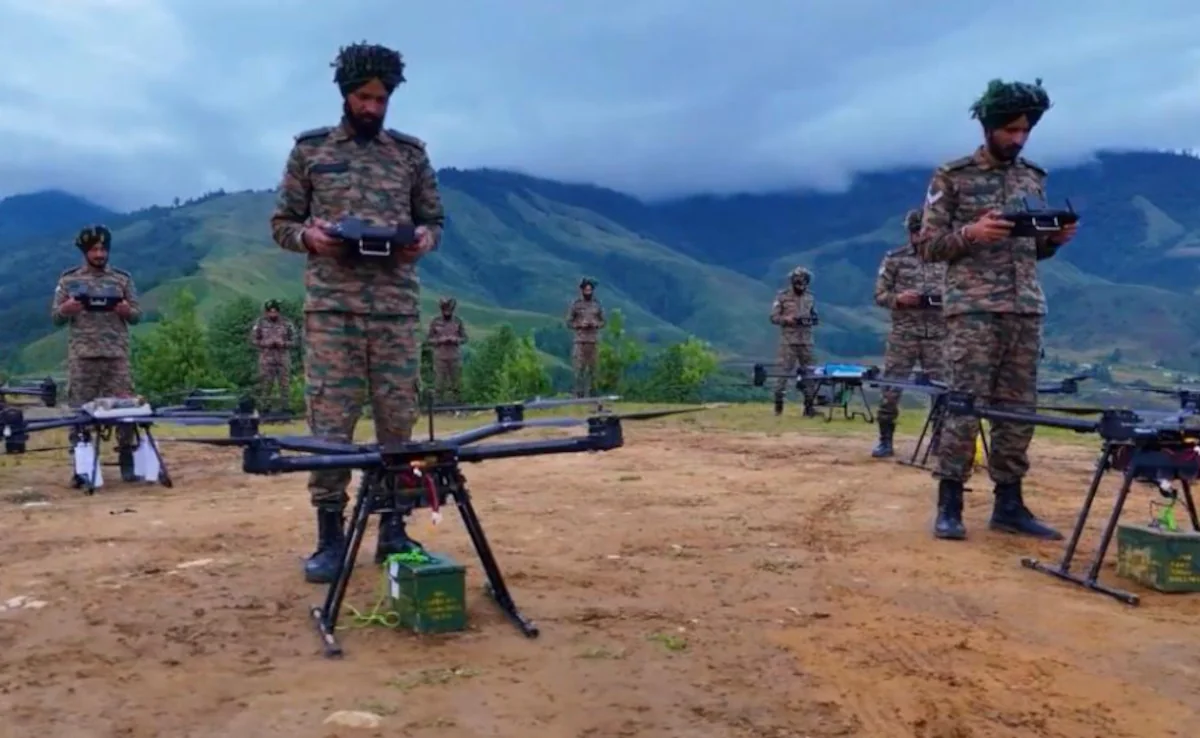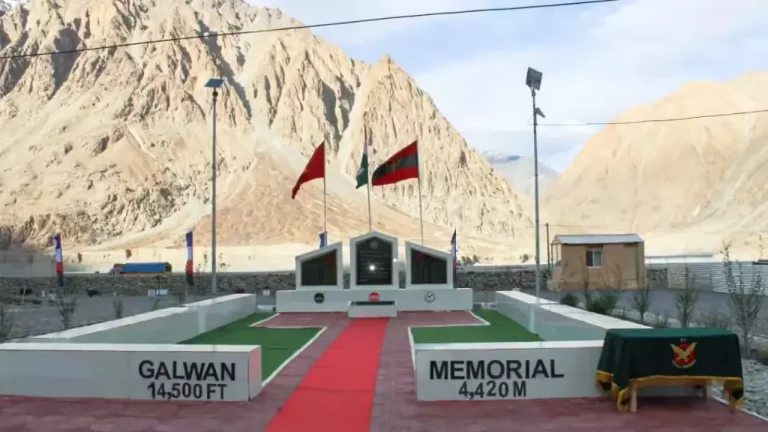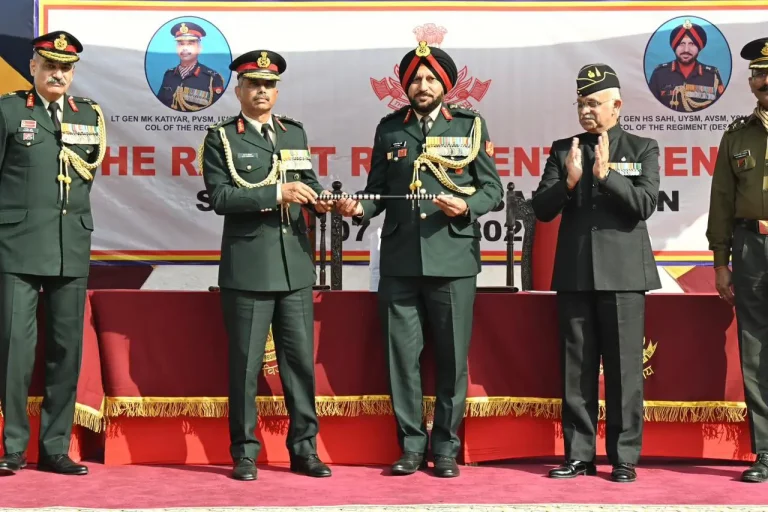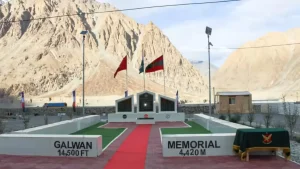In a significant advancement toward self-reliance in defense technology, the Indian Army has taken steps to procure the indigenous ‘SAKSHAM’ Counter Unmanned Aerial System (UAS) Grid. This state-of-the-art command and control network has been developed in partnership with Bharat Electronics Limited (BEL), based in Ghaziabad.
SAKSHAM, an acronym for Situational Awareness for Kinetic Soft and Hard Kill Assets Management, is engineered to effectively detect, track, identify, and neutralize enemy drones in real-time. The system provides a unified “Recognised UAS Picture” across the Tactical Battlefield Space (TBS), which is a newly defined operational domain that extends up to 3,000 metres (10,000 feet) above ground level.
The evolution of the TBS concept arose from Operation Sindoor, which was triggered by India’s cross-border strike following the April 22 Pahalgam terror attack. This operation highlighted the escalating incidence of drone incursions and underscored the urgent need for real-time airspace control.
A senior officer noted, “The modern battlefield is no longer limited to land operations. Control of the Air Littoral—the space immediately above troops—is essential for tactical dominance.” This shift in operational focus marks a new era in military strategy, as the capability to manage aerial threats becomes crucial in maintaining battlefield superiority.
SAKSHAM’s advanced features and modular architecture allow it to interconnect various counter-drone weapons and sensors. By integrating data from radar systems, electro-optical tools, and other surveillance mechanisms, the system can provide instant threat alerts complemented by automated response options. The incorporation of AI-driven threat analysis enhances the system’s operational accuracy and decision-making speed when neutralizing airborne threats.
This initiative is fully in line with the Atmanirbhar Bharat project, underscoring India’s commitment to bolstering its indigenous defense production capabilities. The procurement has been sanctioned through the Fast Track Procurement (FTP) route, with plans for field deployment within a year. A defense source emphasized that “this project is about more than drones — it’s about autonomy, speed, and total control of our battlespace.”
The strategic significance of the SAKSHAM Grid cannot be overstated. Once operational, it is poised to be the backbone of India’s Counter-UAS framework, seamlessly integrating with existing air defense and surveillance networks. This will empower military commanders to maintain situational awareness and launch quick responses to drone threats, particularly in sensitive border regions and areas prone to conflict.
The development of SAKSHAM dovetails with the Indian Army’s ‘Decade of Transformation (2023–2032),’ which aims to create a digitally networked, technology-empowered force capable of combatting the hybrid warfare paradigms of the future. An officer involved with the initiative succinctly stated, “The future battlefield is multidimensional — and SAKSHAM ensures India stays ahead of the threat curve.”















